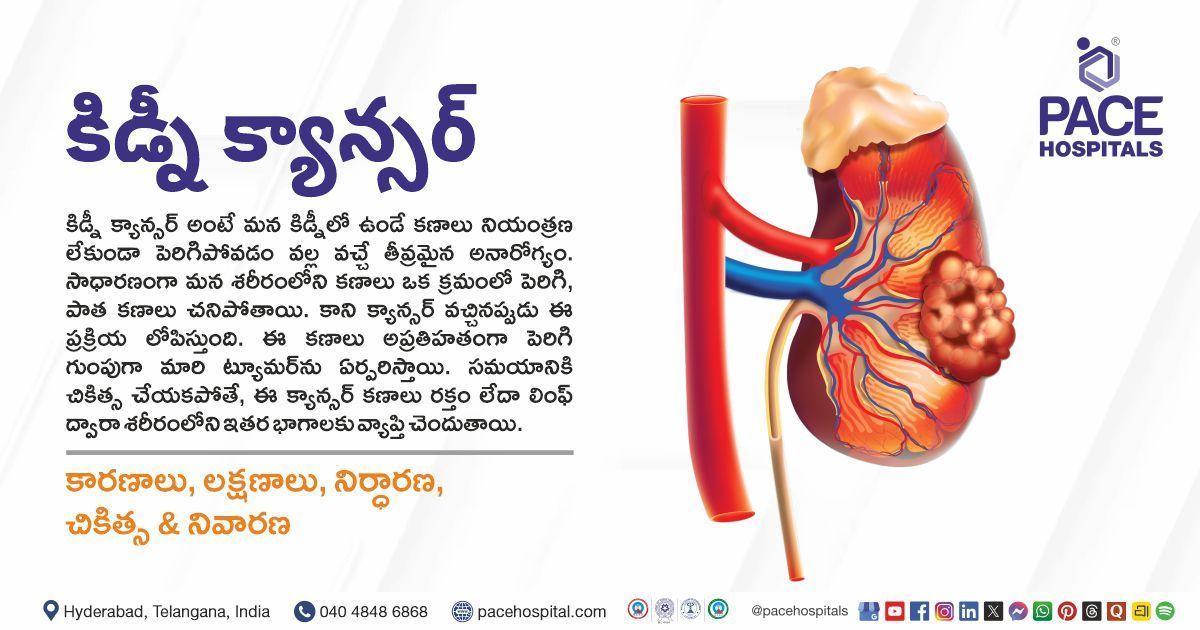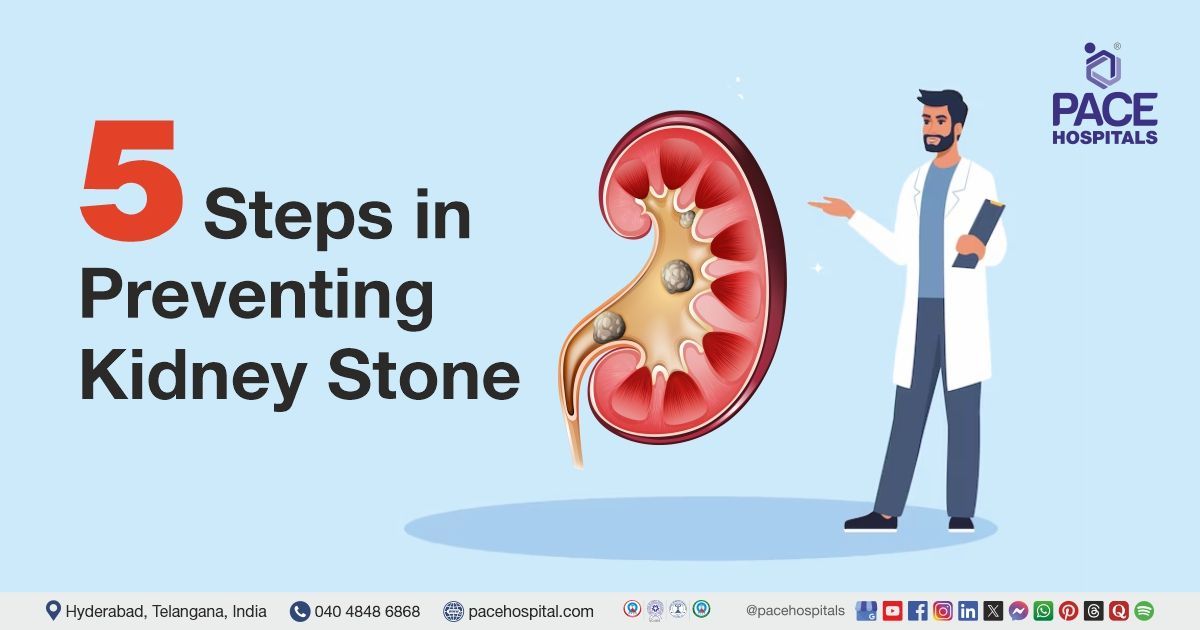Need of the Hour: Generation-Specific Musculoskeletal Disorders in the Digital Era
PACE Hospitals
Written by: Editorial Team
Medically reviewed by: Dr. Raghuram - Orthopaedic Consultant, Trauma, Shoulder and Knee Arthroscopic Surgeon, Hip and Knee Joint Replacement Specialist
Need of the Hour – Generation-Specific Musculoskeletal Diseases and the Changing Lifestyle
The way we live, work, and communicate has changed drastically in the last two decades. Technology has made life more convenient, but at a cost to our physical health. Today, young adults and even teenagers are increasingly visiting hospitals with musculoskeletal complaints that were once seen only in older adults.
At PACE Hospitals, Hyderabad, specialists are seeing a growing number of patients aged 15–40 with specific lifestyle-related orthopedic conditions. This shift represents what doctors now call “Generation-I Musculoskeletal Syndrome” - a range of posture-related, repetitive strain, and low-activity disorders arising from modern habits.
Let’s walk through this “cyber gateway” of generation-specific diseases and understand what’s really happening to our bodies.
1. Text Thumb – The Digital Overuse Injury
Nearly 80% of people today use smartphones for 6–8 hours a day. Constant texting, scrolling, and typing place repetitive strain on the thumb and wrist tendons. The fine muscles of the hand, especially those controlling the thumb, are overused — leading to inflammation and pain.
Doctors now report a sharp rise in De Quervain’s tenosynovitis and stenosing tenosynovitis (trigger thumb) linked directly to excessive mobile use.
Symptoms:
- Pain near the base of the thumb
- Difficulty in gripping or holding objects
- Clicking or locking sensation while moving the thumb
- Swelling around the wrist
Preventive Tips:
- Limit continuous phone use and take screen breaks every 30 minutes
- Use voice typing or hands-free options
- Perform thumb stretches and wrist rotations regularly
- Avoid texting with one hand for long durations
Specialists at PACE Hospitals recommend early physiotherapy and ergonomic corrections to relieve pain and prevent recurrence.
2. Text Neck – The Posture Problem of the Digital Generation
One of the most frequent complaints among young office-goers today is neck pain. Earlier, cervical spine degeneration was a condition seen after 60 years of age. Now, people in their 20s and 30s are walking into clinics with chronic neck pain, stiffness, and radiating discomfort.
“Text neck” results from prolonged forward head posture — bending the neck 45–60° while looking at phones or laptops. This increases pressure on the cervical spine up to 5-folds the normal load.
Symptoms:
- Persistent neck and upper back pain
- Stiffness or tingling in the arms
- Headaches or dizziness
- Reduced neck mobility
Preventive Tips:
- Keep your screen at eye level
- Follow the 20-20-20 rule: every 20 minutes, look 20 feet away for 20 seconds
- Stretch your neck, shoulders, and back during work
- Strengthen the upper back and core muscles
At PACE Hospitals, digital-era patients with text neck undergo ergonomic assessment, muscle strengthening programs, and posture training — often avoiding the need for long-term medication.
3. Sun Exposure – The Forgotten Source of Strength
Vitamin D deficiency has become a common silent epidemic in urban India. Despite abundant sunlight, most individuals spend their days indoors — in offices, classrooms, or vehicles — getting almost no natural sunlight exposure.
Sunlight is essential for bone and tendon health and plays an important role in mood regulation and immune function. Just 15 minutes of sunlight exposure on the arms and face, three times a week, can maintain normal Vitamin D levels.
Consequences of Deficiency:
- Weak bones and muscle fatigue
- Frequent joint pain or stiffness
- Increased risk of depression and chronic fatigue
Simple Steps:
- Step outdoors in morning or late-afternoon sunlight
- Open windows and allow natural light into your home
- Include Vitamin D-rich foods like milk, mushrooms, eggs, and fatty fish
- Regularly monitor Vitamin D levels if you work long hours indoors
PACE Hospitals emphasizes natural sunlight as one of the most powerful, free, and underutilized “medicines” for musculoskeletal and mental health.
4. Cabby Knee (Commute Knee) – The Long-Drive Syndrome
Urban commuting and long driving hours are taking a toll on young knees. Drivers including Cab and taxi drivers, delivery professionals, and long-distance commuters often constantly sit in the same posture for long hours, stressing the medial knee joint cartilage.
This repetitive musclar micro-trauma leads to early cartilage wear, particularly on the inside of the knee, resulting in pain, stiffness, and swelling.
Symptoms:
- Knee pain during or after driving
- Clicking or popping sounds
- Stiffness when getting up after sitting for long
- Swelling in the joint
Prevention:
- Take short breaks during long drives to stretch the legs
- Adjust your seat height for proper leg alignment
- Strengthen thigh (quadriceps) muscles
- Maintain a healthy body weight
At PACE Hospitals, orthopaedic experts recommend preventive physiotherapy and early screening for those driving or commuting for over 5 hours daily.
5. Desk Back – The Price of Prolonged Sitting
The modern office culture has turned back pain into a global epidemic. “Desk back” refers to chronic lower-back pain caused by prolonged hours of sitting, poor posture, and weak core muscles.
When the spine is held in a static, slouched position for long, the intervertebral discs lose elasticity, and the back muscles weaken severely. Over time, this can lead to lumbar spondylosis, disc bulges, or even sciatica.
Common Causes:
- Improper chair or workstation setup
- Weak abdominal and back muscles
- Lack of physical activity
- Poor hydration and Vitamin D deficiency
Preventive Measures:
- Sit upright with lumbar support
- Stand up and walk every 30–45 minutes
- Do core strengthening exercises daily
- Keep yourself hydrated throughout the day
PACE Hospitals’ multidisciplinary approach combines ergonomic correction, spine physiotherapy, pain management, and lifestyle modification to manage “desk back” effectively.
6. Lack of Movement – The Modern Sedentary Trap
Our ancestors moved constantly — walking, bending, and lifting throughout the day. But today’s generation often moves from bed to chair to couch. This sedentary pattern weakens muscles, stiffens joints, and reduces circulation.
Even 30 minutes of moderate physical activity daily can prevent a majority of these issues. Activities like brisk walking, swimming, cycling, and yoga are proven to improve flexibility, joint lubrication, and bone density.
PACE Hospitals’ wellness programs emphasize movement medicine — integrating simple physical activity into daily routines to counteract the effects of a sedentary lifestyle.
7. Psychological Stress and Musculoskeletal Pain
Chronic stress and anxiety are closely linked to musculoskeletal symptoms. Emotional strain can cause muscle tension, spasms, and fatigue, particularly in the neck, shoulders, and lower back.
PACE Hospitals’ specialists note that treating only the physical symptoms is not enough. Managing stress through mindfulness, yoga, breathing exercises, and adequate sleep is equally important for long-term recovery.
Lifestyle Recommendations – The Real Need of the Hour
To stay healthy in today’s digital age, small daily habits make a big difference.
PACE Hospitals recommends the following actionable steps for everyone:
- Adequate Sun Exposure: 15–20 minutes, 3 times a week.
- Follow Good Posture: Keep your back straight and screen at eye level.
- Move Frequently: Stand up or walk every 30 minutes.
- Stay Hydrated: Drink enough water throughout the day.
- Exercise Regularly: Include strength training and stretching.
- Eat a Balanced Diet: Ensure to have calcium, protein, and vitamins intake.
- Digital Detox: Take short breaks from screens and gadgets.
Simple corrections made today can prevent complex orthopedic problems tomorrow.
PACE Hospitals – Leading the Movement for Musculoskeletal Wellness
At PACE Hospitals, Hyderabad, specialists in orthopedics, physiotherapy, and sports medicine are redefining musculoskeletal care for the digital generation.
Their approach includes:
- Comprehensive Diagnosis: Advanced imaging and postural analysis.
- Rehabilitation Programs: Targeted physiotherapy and ergonomic training.
- Preventive Care: Corporate wellness and lifestyle modification sessions.
- Holistic Management: Combining nutrition, movement, and mental wellness.
PACE Hospitals’ focus is not just on treatment — but on helping young individuals build lifelong habits for pain-free living.
Frequently Asked Questions (FAQs)
Why are musculoskeletal disorders increasing among young people?
Young people are more affected by musculoskeletal disorders because of sedentary lifestyles, overuse of digital devices, poor posture, and lack of outdoor activity. These habits strain muscles, tendons, and joints.
What is “text thumb”?
Text thumb refers to tendon inflammation near the thumb caused by repetitive smartphone use. It leads to pain and restricted movement.
What is “text neck”?
A posture-related neck strain that happens due to constant downward gaze at phones or laptops, leading to chronic neck pain and stiffness.
Can Vitamin D deficiency cause body pain?
Yes. Low Vitamin D weakens bones and muscles, causing fatigue, joint pain, and even mood disturbances.
How can long commutes affect knees?
Prolonged driving or sitting strains knee cartilage, leading to early degeneration, known as “Cabby Knee.”
What causes back pain in young professionals?
Long sitting hours, poor posture, lack of exercise, and weak core muscles are common reasons.
How can I improve posture at work?
Use an ergonomic chair, sit upright, keep feet flat, and ensure your computer screen is at eye level.
Are gadget breaks really necessary?
Yes. Taking breaks impacts less eye strain, prevents thumb overuse, and relaxes neck and shoulder muscles highly.
Can stress cause body aches?
Yes, chronic stress leads to muscle tension, especially in the neck and back. Relaxation techniques and mindfulness help reduce pain.
How can I prevent digital-age musculoskeletal problems?
Musculoskeletal problems can be prevented including habits such as move more, stretch regularly, maintain posture, and limit continuous screen time.
When should I see a doctor for these symptoms?
If pain persists beyond a week, causes numbness, or interferes with daily activity, consult an orthopedic or physiotherapy specialist immediately.
Conclusion
Musculoskeletal problems are no longer the domain of old age — they are now the reality of the digital generation. From text thumb and text neck to desk back and commute knee, lifestyle habits are silently reshaping our posture and joint health.
The need of the hour is to pause, evaluate, and make small, sustainable changes: move more, sit less, get sunlight, and limit gadget use.
With the guidance of experts at PACE Hospitals, Hyderabad, individuals can prevent, manage, and even reverse most of these digital-era conditions — restoring strength, flexibility, and a pain-free life for years to come.
Share on
Request an appointment
Fill in the appointment form or call us instantly to book a confirmed appointment with our super specialist at 04048486868











